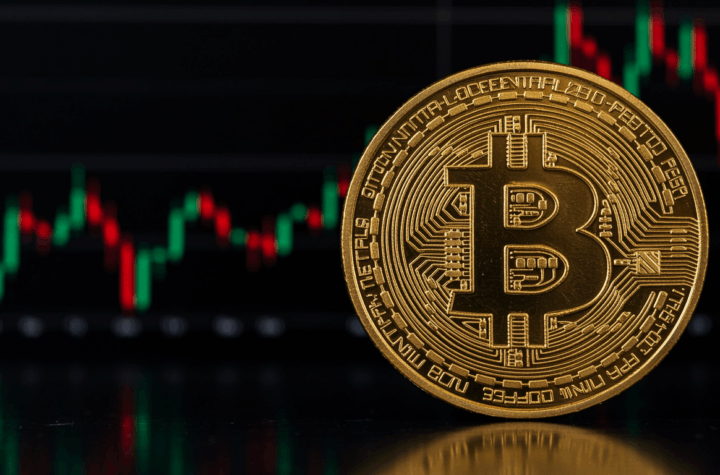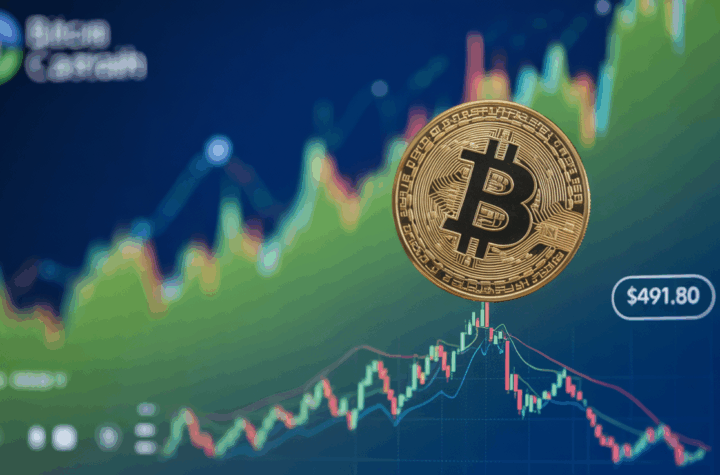
Tron’s Public Market Debut Could Be the Gateway to Stablecoin Infrastructure for Emerging Markets
As markets open across Asia, a potentially pivotal shift in crypto-financial infrastructure is quietly unfolding: Tron Inc. is preparing to enter U.S. public markets through a reverse merger with SRM Entertainment, a Nasdaq-listed shell company now rebranding as Tron Inc. and adopting a TRX-based treasury strategy.
While Tron’s native token (TRX) is trading flat, up just 1% early Tuesday, the move could signal a deeper institutional turn for stablecoin infrastructure—especially in emerging markets, where traditional financial systems remain fragile or inaccessible.
What makes this public listing different from prior crypto IPOs is that Tron isn’t offering a centralized service like custody or stablecoin issuance (à la Circle). Instead, it’s offering access to the rails themselves—the blockchain infrastructure that facilitates a substantial chunk of global stablecoin transfers.
According to DeFi Llama, 30% of all stablecoin volume occurs on the Tron network, and nearly half of all circulating USDT resides there. This infrastructure is increasingly relied on in jurisdictions like Lebanon, Argentina, and Brazil, where banking distrust has driven widespread use of Tether via Tron, not as a speculative tool, but as a basic dollar alternative.
While Circle and USDC operate with regulatory clarity and fiat backing, they don’t own or control the infrastructure over which their coins move. In contrast, Tron captures the value of every transaction directly—from network fees to validator revenue—offering an investment model that looks more like Visa or MasterCard than a pure fintech play.
This distinction is why some investors view the Tron-SPAC listing as more than a headline: it’s potentially the first public equity proxy for decentralized stablecoin infrastructure, particularly in regions where crypto adoption is driven by necessity, not novelty.
CryptoQuant recently highlighted that 59% of May’s USDT volume on Tron came from transactions over $1 million, underscoring the scale of institutional and large-user reliance on the network.
This approach has echoes in legacy finance. The Visa IPO in 2008 and MasterCard’s listing in 2006 enabled investors to buy into the payment rails of the developed world. Today, Tron may offer that same opportunity—but in reverse, focused on the developing world’s financial transformation, where decentralized tools are displacing banks entirely.
In Asia, parallels are being drawn to UnionPay (which never went public) and Ant Group, whose delayed IPO continues to frustrate investors seeking access to Chinese digital finance. With Beijing’s digital yuan still far from global relevance, Tron’s role as a decentralized dollar rail is filling the void.
If current adoption trends persist, Tron Inc. may become the clearest public-market vehicle for investors seeking exposure to the real-world utility of stablecoins—not through speculation, but through global dollar access at scale.
Additional Developments in Crypto Markets
🇭🇰 Solana Enters Corporate Treasuries in Hong Kong
MemeStrategy (2440.HK) has become the first Hong Kong-listed company to adopt Solana (SOL) in its treasury, purchasing 2,440 SOL (~$370,000) through OSL, which provided full-stack execution and custody. The move reflects growing institutional comfort with Solana amid expanding infrastructure and ETF interest.
💸 CoinShares: $1.9B in Weekly Inflows Push 2025 Crypto Fund Total to $13.2B
Institutional appetite for digital assets continues to rise, with $1.9 billion in inflows recorded last week across crypto investment products. This brings total inflows in 2025 to a new record of $13.2 billion, per CoinShares.
- Bitcoin (BTC) accounted for $1.3 billion, recovering from a two-week outflow streak.
- Ethereum (ETH) pulled in $583 million, marking its best week since February.
- XRP and Sui also drew notable interest, signaling rising institutional curiosity in select altcoins.
U.S.-based investors drove nearly all inflows, while Hong Kong (-$56.8M) and Brazil (-$8.5M) saw continued net outflows.
🌐 Market Recap
- BTC: +3.6%, pushing above $108K, aided by low exchange supply and strong spot volumes.
- ETH: +6.9% to $2,671, backed by $3.8B in whale accumulation and ETF momentum.
- Gold: Down to $3,383, weighed by U.S. debt ceiling concerns more than geopolitical tension.
- Nikkei 225: +0.21% as investors eye BOJ guidance and Middle East de-escalation signals.
- S&P 500: +0.94% to 6,033.11, lifted by risk-on sentiment and cooling energy prices.






More Stories
“Dogecoin steadies near $0.16 support amid profit‑taking that caps upside momentum.”
RLUSD Pilot Boosts XRP 5%, Technical Momentum Points to $2.50
How Aggressively Are BTC Traders Hedging After Recent Dip Under $100K?